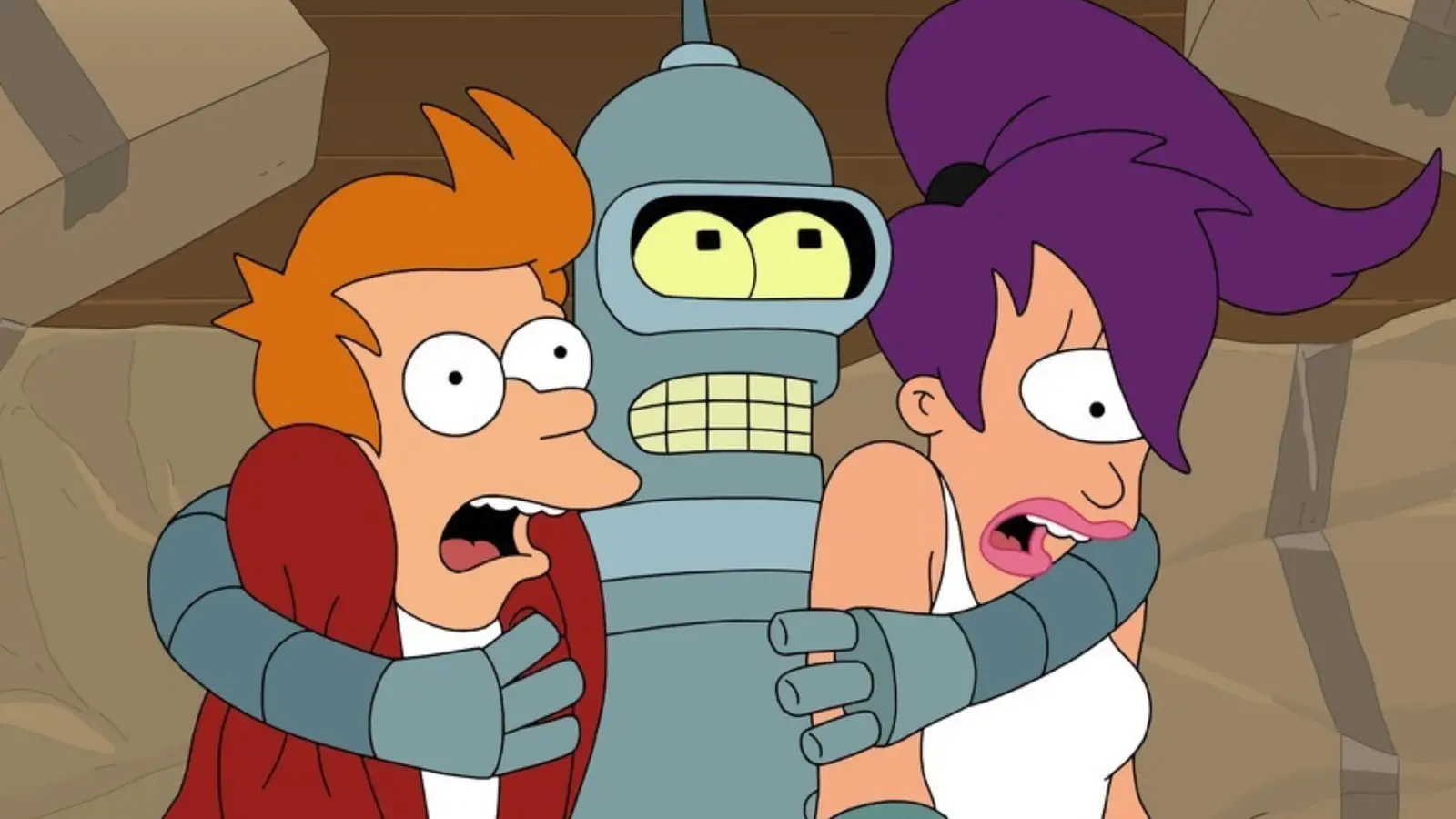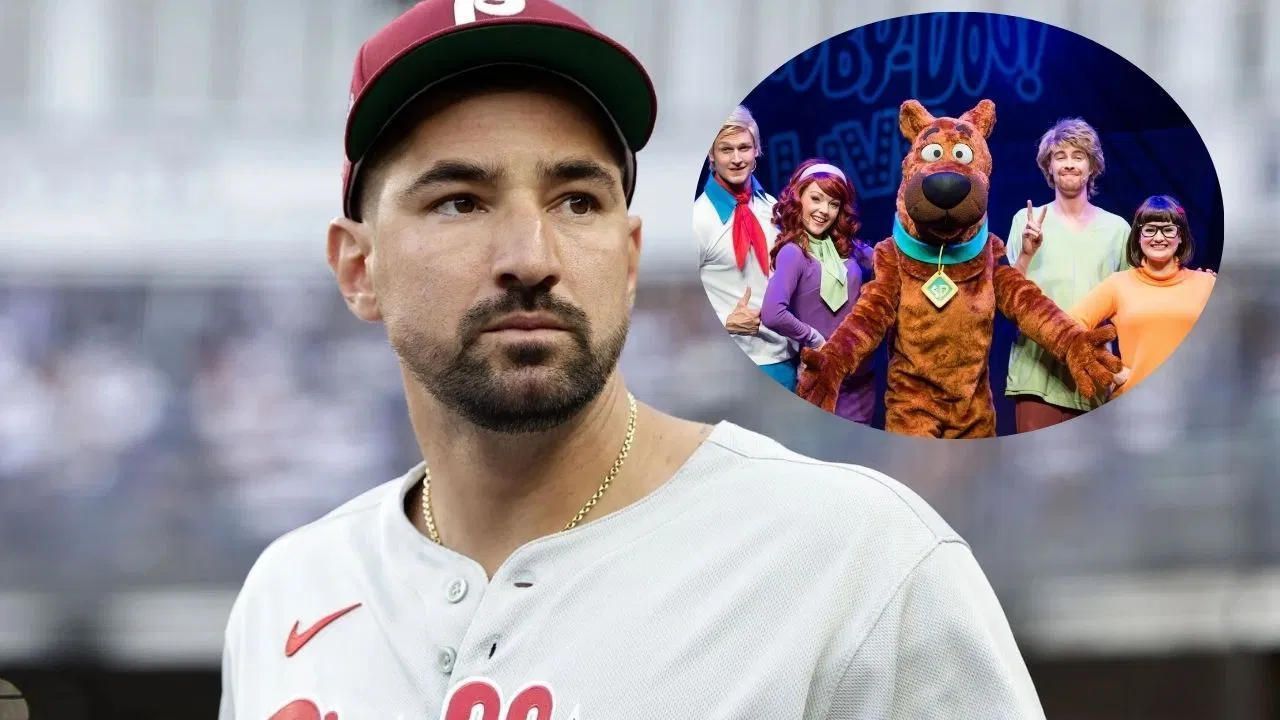
Animation lends itself perfectly to the world of science fiction, making animated sci-fi TV shows some of the most inventive storytelling experiences in history. From the earliest cartoons to today’s streaming-era favorites, animation has long been the medium that pushes sci-fi’s boundaries. Without budget limitations, creators can dream up galaxies, alien life, and futuristic technology far beyond what live-action could once achieve.
From the days of 1950’s Crusader Rabbit to modern gems like Final Space, animation has fueled some of the most imaginative small-screen sci-fi. Whether in the form of gritty, adult-oriented adventures or brightly colored kid-friendly visions of tomorrow, animation has always been at the vanguard of exploring bold new concepts that live-action TV couldn’t.
Of course, while there are countless animated sci-fi TV shows worth remembering, only a select few stand out as true legends of the genre. Some push satire to its sharpest edge, others envision dark dystopias, and some unfold sprawling, operatic sagas. All of them, however, prove why animation remains one of sci-fi’s greatest storytelling tools, with legacies that continue to resonate decades later.
Invader Zim (2001-2006)
Alien Invasion Tropes Transformed Into Darkly Hilarious Satire
Few animated sci-fi TV shows balance comedy and nightmare fuel as brilliantly as Invader Zim. The series follows Zim (Richard Steven Horvitz), an inept alien invader whose over-the-top attempts to conquer Earth are constantly thwarted by his own incompetence and his nemesis, Dib (Andy Berman). While comedic, the show’s surreal tone and grotesque visuals made it one of Nickelodeon’s strangest, boldest projects.
What makes Invader Zim so legendary is its unique blending of dystopian sci-fi paranoia with dark humor. Episodes like “Dark Harvest,” where Zim steals human organs to appear more human, highlight just how disturbing and boundary-pushing the show could be. Yet it remained accessible to younger audiences through slapstick humor and the chaotic antics of Zim’s robot companion GIR (Rosearik Rikki Simons).
At its core, the show satirized everything from consumer culture to conspiracy obsession, while still embracing classic sci-fi ideas of aliens infiltrating Earth. Invader Zim left behind a cult legacy that few shows have matched, influencing a generation of offbeat, genre-bending animation.
Captain Scarlet And The Mysterons (1967-1968)
An Ambitious Cosmic Espionage Story Told With Puppets
While technically a “Supermarionation” series rather than traditional animation, Captain Scarlet and the Mysterons remains a cornerstone of animated sci-fi storytelling. Created by Gerry and Sylvia Anderson, it used highly detailed puppetry to craft a serialized tale of humanity’s war with the enigmatic alien race known as the Mysterons.
The show stood out for its darker tone compared to Thunderbirds (which is also worthy of mention, especially thanks to its impressive spaceship design), with Captain Scarlet (Francis Matthews) serving as an indestructible agent fighting on behalf of Earth. Its serialized narrative structure, advanced miniature effects, and surprisingly grim atmosphere made it a breakthrough in 1960s science fiction television.
Captain Scarlet’s legacy endures so many decades after it aired due to how it blended pulp adventure with Cold War paranoia, offering a story of mistrust, infiltration, and survival against a near-unkillable enemy. Its influence on later sci-fi – both live-action and animated – can’t be overstated, proving that animation in all its forms can handle complex, high-stakes storytelling.
Cyberpunk: Edgerunners (2022)
The Neon-Soaked Brutality Of A Unique Dystopian Future
Netflix’s Cyberpunk: Edgerunners was a surprise hit that proved just how powerful an animated sci-fi TV show could be when blending cyberpunk style with raw human emotion. Set in the Cyberpunk 2077 universe, it follows David Martinez (Zach Aguilar) as he descends into the violent, neon-lit underworld of Night City.
The series balanced breathtaking visuals with a heartbreaking story of ambition and inevitability. Its frenetic action sequences and striking animation from Studio Trigger brought the dystopian tech-filled streets to life. Key episodes like “Stronger” showcased both the spectacle of cybernetic combat and the emotional cost of chasing power in a corrupt world.
The mix of style and tragedy in Cyberpunk: Edgerunners is incredibly powerful. While it delivered all the hallmarks of cyberpunk – hacking, augmentation, megacorporations – it never lost sight of its human core. By the end, it stood as one of the most memorable one-season animated sci-fi shows ever created.
Voltron: Defender Of The Universe (1984-1985)
Giant Robot Battles Weaved Into A Defining Sci-Fi Adventure
Voltron: Defender of the Universe helped define the 1980s animated landscape with its colorful heroes, epic robot battles, and serialized space opera storytelling. Adapted from Japanese anime Beast King GoLion, it introduced Western audiences to a more serialized approach than typical Saturday morning fare.
The story of five pilots who unite to form the giant robot Voltron resonated with young fans, blending intergalactic adventure with teamwork-driven storytelling. Its villain, King Zarkon (Jack Angel), and the sinister Witch Haggar (B.J. Ward) provided the kind of larger-than-life villains that fit right alongside the show’s cosmic scope.
What makes Voltron one of the best animated sci-fi TV shows is how it introduced Western audiences to anime’s flair for melodrama and serialized storytelling. Episodes like “The Missing Key” highlighted both personal stakes and galaxy-spanning battles, paving the way for countless mecha-based shows that followed.
Steins;Gate (2011)
The Show That Harnesses Time Travel For One Of Animation’s Most Gripping Stories
Based on the acclaimed visual novel, Steins;Gate is a time-travel thriller that turned pseudoscience into emotional storytelling. It follows Rintarou Okabe (Mamoru Miyano/J. Michael Tatum), a self-proclaimed mad scientist whose accidental invention of a time-altering phone microwave triggers dangerous ripples across alternate timelines.
What begins as quirky comedy quickly evolves into one of the most emotionally charged animated sci-fi TV shows. Episodes like “Dogma in Event Horizon” shift the tone into tragedy, as Okabe struggles to undo the devastating consequences of time manipulation. The show explored paradoxes, fate, and the crushing weight of responsibility with rare precision.
It’s the human heart of Steins;Gate that elevates it to masterpiece status. While full of dense sci-fi concepts and references, it never loses sight of Okabe’s relationships, particularly with Kurisu Makise (Asami Imai/Trina Nishimura). It’s a series that proved sci-fi doesn’t just thrill – it can devastate, inspire, and linger long after the final episode.
Samurai Jack (2001-2017)
A Fusion Of Futuristic Sci-Fi And Timeless Mythic Storytelling
Though often remembered as a stylish action series, Samurai Jack was also a sci-fi masterpiece. Created by Genndy Tartakovsky, it follows Jack (Phil LaMarr), a time-displaced samurai who must navigate a dystopian future ruled by the shape-shifting demon Aku (Mako Iwamatsu). Its mixture of high-tech landscapes and timeless samurai mythos made it one of Cartoon Network’s most ambitious series.
Episodes frequently blended sci-fi elements – robot armies, alien bounty hunters, time portals – with minimalist, near-silent storytelling. “Jack and the Spartans,” for example, plays like an animated sci-fi war epic, while “The Aku Infection” dives into psychological horror with futuristic flair.
The artistic ambition of Samurai Jack means it truly stands apart from other animated shows, sci-fi or otherwise. Every frame was meticulously composed, using animation to heighten atmosphere and emotion. While its premise was simple, the series told sprawling, genre-defying stories that remain some of the most striking in the history of animated sci-fi TV shows.
Dexter’s Laboratory (1996-2003)
Kid-Friendly Comedy That Brilliantly Harnessed Sci-Fi Concepts
Cartoon Network’s Dexter’s Laboratory may have been presented as slapstick comedy, but at its heart it was pure science fiction. Dexter (Christine Cavanaugh, later Candi Milo) was a boy genius whose secret lab contained futuristic technology, experiments, and inventions that often spiraled hilariously out of control.
The show’s sci-fi strength lay in its episodic exploration of concepts ranging from time travel to cloning. “Last But Not Beast,” the season 2 finale, even played like a kaiju-style sci-fi epic. Yet, the comedy never overshadowed its genuine science fiction flair – often parodying classic tropes while still showcasing their appeal.
Dexter’s Laboratory remains beloved due to its balance of humor, inventiveness, and futuristic imagination. It proved that science fiction could thrive in comedic, kid-friendly spaces just as much as in dark dystopian ones. Its influence can still be felt across modern animation, and it’s easy to see why it’s still so beloved by adult fans who watched it as children during Cartoon Network’s golden age.
The Transformers (1984-1987)
An Epic Alien Robot War That Redefined Kids’ TV
Few animated sci-fi TV shows defined an era quite like The Transformers. Based on Hasbro’s toy line, the show pitted the heroic Autobots, led by Optimus Prime (Peter Cullen), against the villainous Decepticons, led by Megatron (Frank Welker). What could have been simple toy promotion became a sprawling intergalactic war story.
Episodes frequently explored themes of loyalty, sacrifice, and survival against overwhelming odds. Classics like “More Than Meets the Eye” gave audiences a galaxy-spanning introduction, while “The Key to Vector Sigma” expanded the mythos with lore about Cybertron itself.
The scale of The Transformers was unlike anything else on TV at the time. With its ongoing war narrative, it went far beyond episodic storytelling, instead presenting serialized arcs and high-stakes battles. Its legacy continues today through reboots and films, but the original remains one of the greatest achievements in animated science fiction.
Neon Genesis Evangelion (1995)
A Flawless Mecha Anime With Psychological Sci-Fi Depth
Hideaki Anno’s Neon Genesis Evangelion stands as one of the most influential anime of all time. On the surface, it’s a mecha series about teenagers piloting bio-mechanical Evas to fight mysterious creatures called Angels. At its core, however, it’s a groundbreaking exploration of psychology, trauma, and existential dread.
Protagonist Shinji Ikari (Megumi Ogata/Spike Spencer) embodies the human fragility at the center of a seemingly epic sci-fi war. Episodes like “Don’t be” and “The Day Tokyo-3 Stood Still” moved beyond typical action into surreal, symbolic explorations of humanity’s place in the universe. Few animated sci-fi TV shows have dared to be so bold in narrative and imagery.
What makes Evangelion timeless is its balance of giant robot spectacle with deeply personal themes. It reshaped the mecha genre forever, inspiring countless works that followed. More than just a show, it became a cultural landmark, proving animation could tell complex, cerebral science fiction as effectively as any medium.
The Jetsons (1962-1963)
A Vision Of A Future Filled With Humor, Gadgets, And Optimism
The Jetsons was Hanna-Barbera’s futuristic counterpart to The Flintstones, transporting sitcom life into the 21st century. Set in a space-age utopia, it followed George Jetson (George O’Hanlon), Jane Jetson (Penny Singleton), and their family as they navigated domestic comedy against a backdrop of flying cars, robot maids, and push-button conveniences.
The Jetsons was instantly iconic thanks to its optimistic view of the future. While modern sci-fi often leans dystopian, this series offered a charmingly hopeful vision of space-age living. Its comedic misadventures may have been lighthearted, but its influence shaped how generations visualized the “future.”



